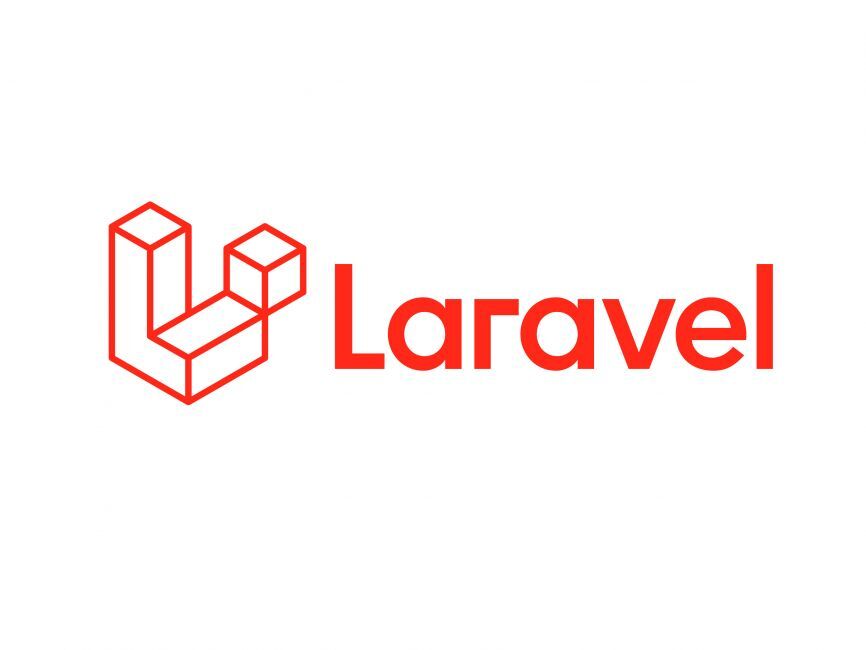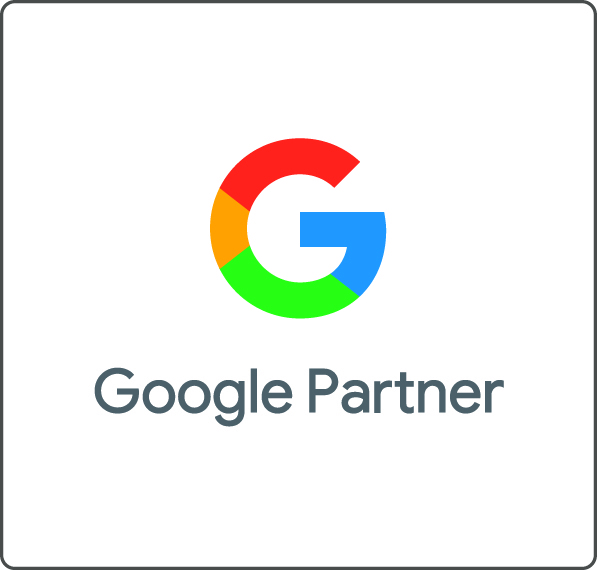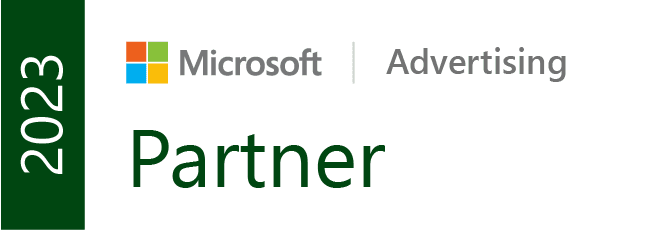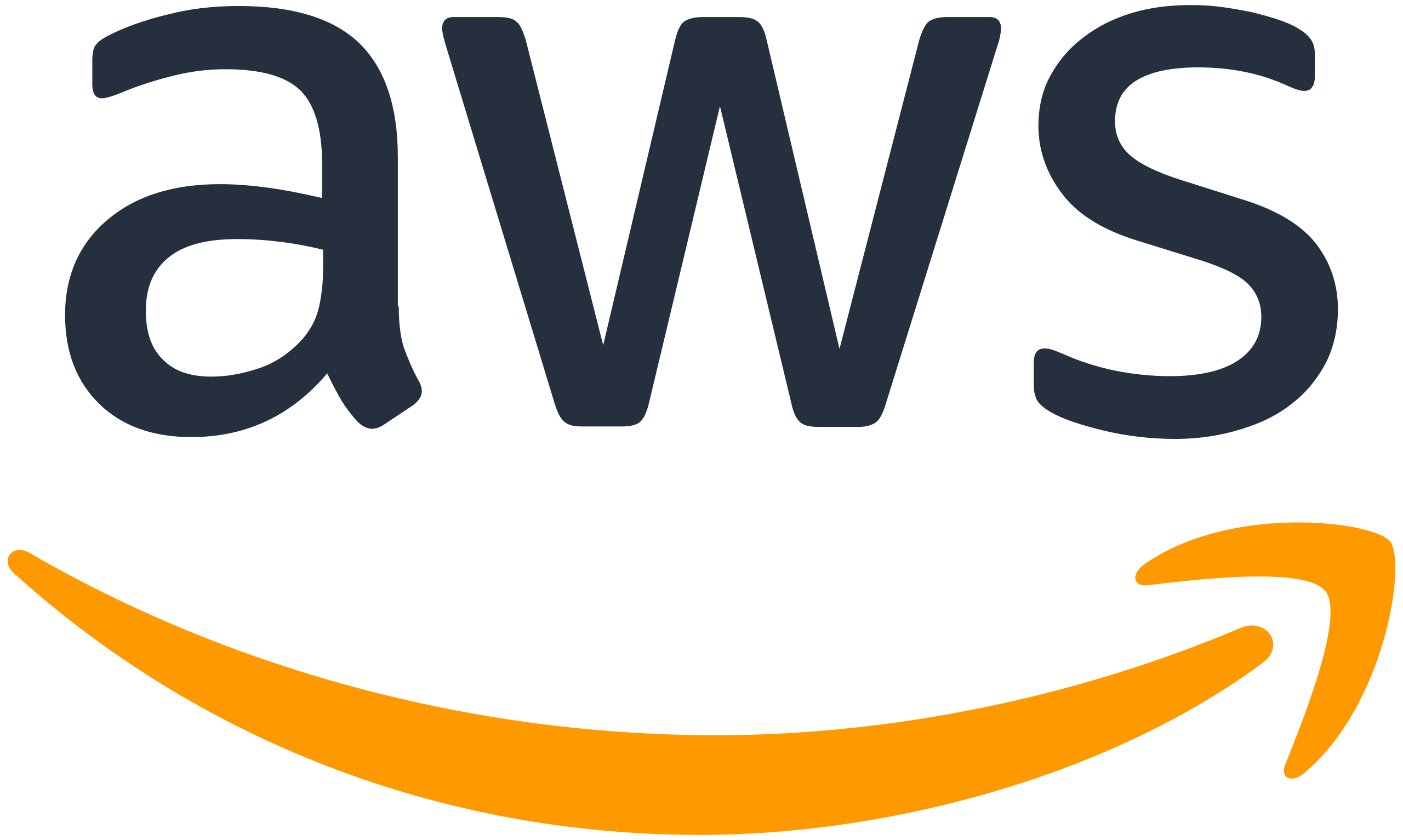Audience targeting is the process of segmenting prospective consumers based on several factors. Those factors may be demographic, specifics about their working life, their behaviours, their interests, etc.
What is audience targeting?
For the sake of 'dumbing things down' just a little, audience targeting is basically a sober, job-related, adult equivalent of playing 'yes or no?'
You Know...
'Is it fictional?'
'No'.
'Is it alive?'
'No.'
'Do people use it?'
'Yes.'
'Can I buy it?'
'Yes.'
'Would I find it in a shop?'
'No.'
What is the purpose of audience targeting?
The fundamental premise of audience targeting is efficiency.
Better audience targeting ensures that you're throwing money at the right audience, rather than using a scattergun approach, targeting anyone and everyone and seeing what sticks.
In the same vein, stretching your ad budgets using targeting will ensure that you see a higher ROI than you would otherwise.
Beyond this, you'll also find audience targeting to be useful for:
- Determining what kind of content you use.
- Setting the style, tone and delivery of the messaging in your content.
- Targeting the topics you should actually be writing about.
- Understanding where customers get their information from, as well as how they want to consume it.
Building an audience target persona
Building an audience target persona is the most crucial aspect of your audience targeting strategy. It's the rum to your mojito, the burger to your barbeque, the cracker to your cheeseboard.
But what actually is a customer persona?
Think of your customer persona as being a fictional character. Your fictional character should be the sum of all your insights into a key audience segment.
Ok, makes sense. But what the hell should my customer persona actually consist of?
Well, when building your audience target personas, you should be dedicating consideration to all of the following factors.
Your bog-standard demographic questions. Your demographic questions are at the heart of building your customer persona and should cover the following factors:
- Age.
- Gender.
- Location.
- Family/marital status.
- Income band.
When building your customer persona, you should also be thinking about your audiences working background. It's a massive part of their daily lives. Consider the following:
- Job title.
- Career path.
- Industry.
The purchasing considerations your customers are likely to make should form a key part of the overall persona you build for your targeted audience segment. The following aspects of purchasing considerations are hugely important:
- Purchase motivations.
- Engagement with messaging as well as the product or service you are offering.
- Frames of reference - when your target audience starts comparing you to other brands, which competitors are you being compared to?
- What fears, barriers or concerns prevents your target audience from getting in touch?
- What does your target audience search for and when do they search for it?
- What will they be thinking about you?
- What will they be saying about you?
- What persuasion can you offer then that is likely to aid them in converting/making a purchase?
Building a truly comprehensive customer persona will require some degree of getting inside that target audience's head, which is to say you should be giving due thought to both behavioural economics and psychographic segmentation. For the purpose of this blog, we recommend looking more closely at behavioural economics. Below, you'll find just a few such factors worthy of your attention when crafting your target audience personas:
- Price relativity - what is this particular audience comparing you to and what can you change about this to be seen more favourably.
- Habitual behaviour - It's easy for people to become set in their ways, and considerably more challenging to break habits once formed. For decades, the 21-day rule has been the standard measure of the time it takes to break habits. More recent studies indicate the true figure varies anywhere between 18 and 254 days. This is something to be aware of in your consumers. It'll affect how they interact with your messaging or sales funnel.
- Expectancy theory - This is appreciating what your target customer is likely to expect the output of outcome purchase to be.
How many customer personas should you be making for your targeting strategy?
The short answer is, how long is a piece of string?
In truth, the number of customer personas you make to compliment your audience targeting strategy will depend on the size of your business.
Smaller businesses won't have the resources to target a wide variety of customer personas. For larger businesses, the opposite is true, but don't create more than you will effectively use, otherwise they'll sit gathering dust and be a wast of time and effort.
Really, you should be focusing on the audience personas that contribute the most to your business revenue.
Key audience targeting takeaways
- Audience targeting improves efficiency & can lead to higher ROIs.
- It can inform aspects of your branding strategy relating to messaging.
- Audience targeting personas are an absolute must-do for your audience targeting strategy to be successful.
- Consider various factors when building personas; whether they be demographical, psychographic or behavioural.
- The number of customer personas you should build will depend on the size of your business and the finances you have available.





